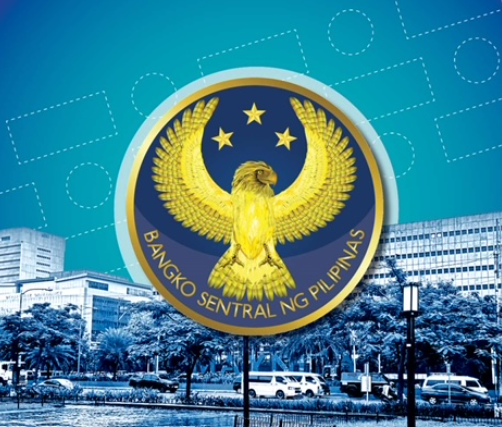
The Bangko Sentral ng Pilipinas (BSP) has clarified that the list of the country’s fully-operating universal and commercial banks remains at 45 in total, after completion of a recent evaluation of the big banks.
Last October, the list of BSP-supervised big banks were trimmed to 38 from 45 with no explanation as to why or the reason for the removal of the seven banks which turned out to be temporary.
A BSP official, who requested anonymity, said the central bank reduced the number of big banks from 45 to 38 since some banks’ balance sheets were still undergoing validation. The list is based on assets, capital, deposits, loans, among other data.
The seven banks that were temporarily removed from the list were added back later on after the evaluation and validation of their latest data and information, said the official.
“The system will be enhanced to avoid similar incidents in the future,” according to the official.
Last Nov. 6, it was reported by Manila Bulletin that the BSP’s list of big banks was reduced to 38 from 45. After the article came out, the BSP updated the list and returned it to 45.
Six foreign banks and one local bank were taken out of the big banks’ list.
Meanwhile, about 10 or more of the country’s big banks are considered as “too big to fail” banks or domestic systemically important banks (D-SIBs).
As of June this year, the D-SIBs were required by the BSP to submit updated recovery plans in compliance to the enhanced rehabilitation requirements of the BSP to ensure problematic banks can restore operations as soon as possible.
D-SIBs are banks whose “distress or disorderly failure” could disrupt the financial system and economy. They are required to comply to an October 2022 rule or Circular No. 1158 to submit a recovery plan by June 5 this year to remain consistent with the amended circular.
The BSP in a report said the enhanced recovery planning requirements will further strengthen the “ability of banks to restore their operations as quickly and efficiently as possible, while also minimizing the impact of disruptions on customers, stakeholders, and the broader financial system.”
The BSP has expanded the recovery planning rule to include non-DSIB banks. The first recovery plan of said banks will be submitted to the BSP on or before June 30, 2024.
The BSP explained that banks’ recovery planning is a “critical aspect of a bank’s enterprise-wide risk management system.”
This process prepares a bank for unexpected situations that could harm the business and helps to restore a bank to financial soundness within the shortest possible time, said the BSP.
Basically, a recovery plan is a document that contains the guidelines and measures that a bank will take in response to “stress events and in restoring itself”. It will also include a bank’s risk management framework, business continuity and contingency plans.
The BSP requires banks to have early warning signals such as yellow and red lights to alert the central bank for the need for “early-stage” preventive or corrective actions. In this case, a yellow light is a signal that a trigger point has been breached while a red light means activation of the recovery plan. When all is said and done, a green light will indicate that a bank has been fully restored after the adoption of corrective actions.
One of the reasons why all banks have been required to craft recovery plans, not just D-SIBs, is because the BSP considers the financial system as being the whole of the banking sector. Therefore all banks “should have the ability to restore themselves to financial soundness in an orderly manner.”
The circular requires what it called a “realistic and reasonable recovery plan” that is commensurate with the bank’s size, nature, complexity of operations, overall risk profile and systemic importance.
With the new rules, the BSP is requiring all banks to report within 24 hours if triggers in their recovery plans are breached. If they detect risks and vulnerabilities, they are to activate recovery measures within three days.
Guided by the BSP’s existing stress testing measures, the BSP wants banks to carefully assess the impact of stress scenarios on their financials and their capability to handle or even buck market shocks.
— Lee C. Chipongian
*****
Credit belongs to: www.mb.com.ph
 Atin Ito First Filipino Community Newspaper in Ontario
Atin Ito First Filipino Community Newspaper in Ontario






